Creating art with acrylic paint requires several specialized techniques for applying the paint in order to make the painting look realistic and believable. The technique that I want to talk about today is called scumbling.
Acrylic paint dries so quickly that it’s hard to blend one wet stroke smoothly into another. When using the scumbling technique, one stroke overlaps another and they seem to blend in the viewer’s eye. The lights and shadows of an object are rendered by picking up a small bit of paint on the tip of a brush and then scrubbing with a quick back-and-forth motion.
Let’s say for example we are painting the body of a mallard duck. I would paint the body of the duck in the darkest value of color that I was using on the duck’s body.
When the dark value layer is dry, I would then start about 1/3 of the way from the bottom of the body of the duck and paint in the midtone value.
When the midtone layer is dry, I would then start 1/3 of the way between the midtone value and the top of the body, and paint the lightest value of the duck’s body.
When the lightest value layer is dry, I am now ready to start scumbling by taking some of the lightest value of paint, scrub most of the paint from the brush onto a scrap of paper, and start scrubbing from the lightest area across the boundary into the midtone area.
I would then pick up just a slight bit of the midtone value, scrub most of the paint from my brush, and then start in the midtone area and start scrubbing the brush across the boundary between the midtone value and the darkest value. I want to scrub just enough of the paint across this boundary to make the line between the two tones dissappear.
If I keep working with the scumble technique I can make the paint blend almost perfectly. It is essential, using this technique, that there is very little paint in the brush when scumbling. One other key to the success of this technique is using a short haired brush. The effect works best if the paint is reasonably thin and the brush is a soft-haired brush with very little paint left in the brush. Stiff bristle brushes leave too many bristle marks in the paint to be convincing. You must work in small areas and always start in the area that contains the paint color on the brush and work into the adjoining area.
If you practice by creating a ball on a sheet of watercolor paper or canvas, you’ll be amazed at how quickly you’ll be able to master the technique of scumbling. You will also be amazed at how fast you’ll wear out a brush, so don’t use your most expensive sable brushes for this technique.
In later articles, I’ll talk about other techniques of painting with acrylic paint. Until then, keep your brushes clean, your color pure, and as always, thanks for stopping by the North Forty.
Regards,

Thank you.

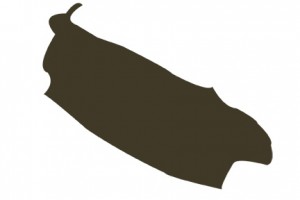
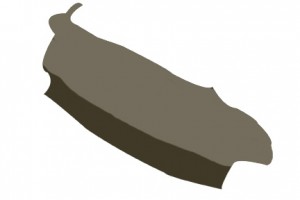
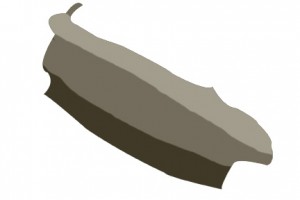
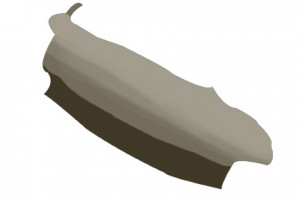
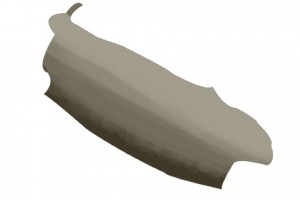
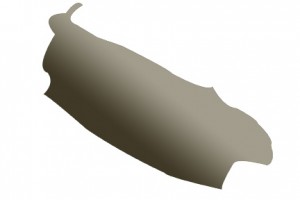


You should take part in a contest for one of the best blogs on the web. I’ll suggest this site!
Pingback: Scumble and Dry Brush :: | Digital Illustration